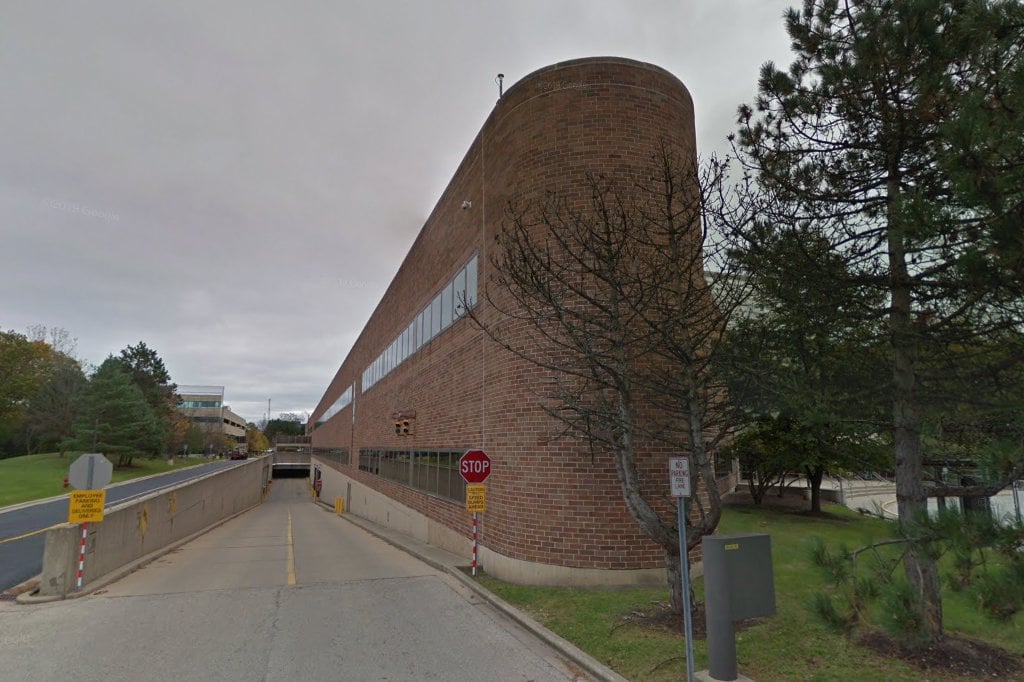Circulatory System 3D: Understand Blood Flow Clearly
The circulatory system, also known as the cardiovascular system, is a complex network of organs and vessels that play a crucial role in maintaining the overall health and function of the body. At its core, the circulatory system is responsible for transporting oxygen and nutrients to cells and organs throughout the body, while also removing waste products. To truly understand the intricacies of blood flow and the circulatory system, it’s essential to explore its components and functions in a three-dimensional context.
Introduction to the Circulatory System
The circulatory system consists of the heart, arteries, veins, and blood vessels. The heart, a muscular organ, pumps blood throughout the body, while arteries and veins are the vessels that carry blood away from and towards the heart, respectively. Blood vessels, including capillaries, are responsible for the exchange of oxygen, nutrients, and waste products between the blood and the body’s cells.
The Heart: Central to Circulation
At the heart of the circulatory system is, quite literally, the heart. This organ is divided into four chambers: the left and right atria, and the left and right ventricles. The atria are the upper chambers that receive blood returning to the heart, while the ventricles are the lower chambers that pump blood out of the heart and into the circulatory system. The septum, a wall of tissue, separates the right and left sides of the heart, ensuring that oxygenated and deoxygenated blood do not mix.
Blood Flow Through the Heart
Blood flow through the heart is as follows: Deoxygenated blood from the body enters the right atrium through the superior and inferior vena cava. It then moves into the right ventricle, which pumps it to the lungs to pick up oxygen. Oxygenated blood from the lungs enters the left atrium via the pulmonary veins and then moves into the left ventricle. The left ventricle pumps this oxygen-rich blood out to the body through the aorta, the largest artery in the body.
Arteries, Veins, and Capillaries: The Vascular System
Beyond the heart, the circulatory system includes a vast network of blood vessels: arteries, veins, and capillaries. Arteries, which carry oxygenated blood away from the heart to the rest of the body, are thick-walled and muscular to withstand the high pressure of blood pumped from the heart. Veins, on the other hand, return deoxygenated blood back to the heart and are thinner, with one-way valves to prevent backflow and ensure blood keeps moving towards the heart.
Capillaries, the smallest blood vessels, are where the exchange of oxygen, nutrients, and waste products occurs between the blood and the body’s tissues. This exchange is crucial for the survival of cells throughout the body.
Circulatory System 3D Modeling
To better understand the circulatory system, 3D modeling can provide a comprehensive view of its structure and function. By visualizing the heart’s chambers, the path of blood flow through arteries and veins, and the intricate network of capillaries, individuals can gain a deeper appreciation for the complexity and beauty of this system.
Exploring the Circulatory System in 3D:
- Start with the Heart: Visualize the heart's chambers and how blood flows through them.
- Follow the Path of Blood Flow: Trace the route of oxygenated and deoxygenated blood through arteries and veins.
- Examine Capillary Exchange: Understand how oxygen and nutrients are delivered to cells and how waste products are removed.
Clinical Implications and Diseases
Diseases affecting the circulatory system, such as coronary artery disease, heart failure, and stroke, underscore the importance of this system to overall health. Understanding the circulatory system in depth can help in the prevention, diagnosis, and treatment of these conditions.
Conclusion
The circulatory system, with its complex interplay of the heart, blood vessels, and blood, is vital for maintaining life. By exploring this system in a three-dimensional context, one can develop a profound respect for its intricacies and importance. Whether through the prevention of disease or the marvel of its function, understanding the circulatory system is essential for appreciating the beauty and fragility of human life.
What is the primary function of the circulatory system?
+The primary function of the circulatory system is to transport oxygen and nutrients to cells and organs throughout the body and to remove waste products.
How does blood flow through the heart?
+Deoxygenated blood enters the right atrium, moves to the right ventricle, which pumps it to the lungs. Oxygenated blood from the lungs enters the left atrium, then the left ventricle, which pumps it out to the body.
What is the role of capillaries in the circulatory system?
+Capillaries are the smallest blood vessels where the exchange of oxygen, nutrients, and waste products between the blood and the body's cells occurs.
In conclusion, the circulatory system is a fascinating and complex entity that plays a central role in our overall health and well-being. Through its intricate network of vessels and organs, it ensures that our bodies receive the oxygen and nutrients they need to function properly, while also removing waste products. By understanding how the circulatory system works, we can better appreciate its importance and take steps to maintain its health.

